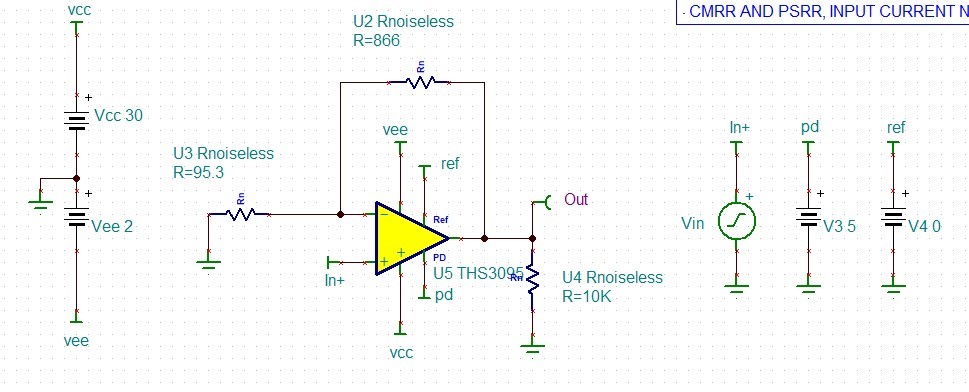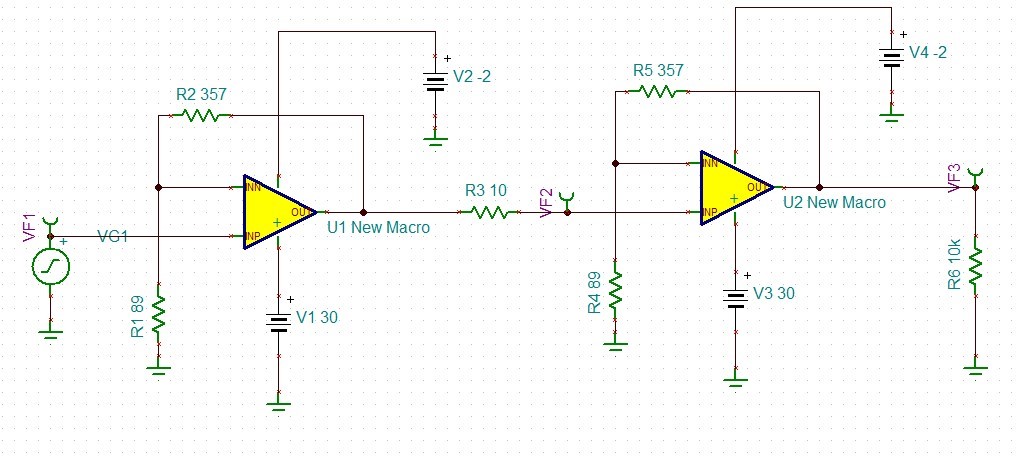Hello,
In my project I would like to switch the output of 0-28V pulse in less than 10ns. The rise and fall times should be less than 10ns.
A XILINX FPGA shall drive the circuit.
I tried to switch a BJT with a Baker Clamp, but I couldn't achieve this 10ns requirement.
I would appreciate any help
Kind Regards









